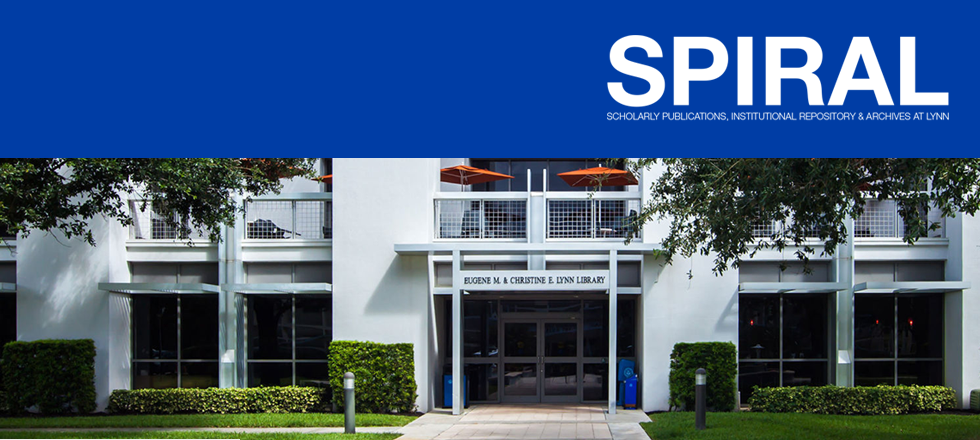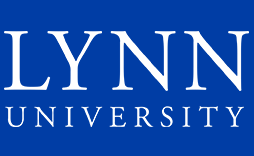Graduate Student Dissertations, Theses, Capstones, and Portfolios
Date of Award
5-2024
Document Type
Capstone
Granting Institution
Lynn University
Degree Name
Master of Science (M.S.)
Degree Program
Biological Science
Department
College of Arts and Sciences
First Advisor
Dr. Cassandra S. Korte
Abstract
Exposure to cadmium, a pervasive neurotoxic chemical found in our environment, poses significant health risks, disrupting various physiological systems and fostering carcinogenesis. Commonly found in everyday items like cigarettes, batteries, and plastics, cadmium disrupts the equilibrium between reactive oxygen species (ROS) production and cellular repair mechanisms, culminating in oxidative stress and potential cell damage. In toxicological and pharmaceutical research, planarians offer valuable insight for understanding how exposure to chemicals akin to human scenarios can alter biological systems. This experiment addresses the effect cadmium chloride (CdCl2) has on planarian regeneration and whether antioxidants can mitigate those adverse outcomes. Our study investigates the hypothesis that increasing exposure to 20 µM CdCl2 progressively impedes cephalic regeneration through ROS production. However, introducing antioxidants N-acetyl-L-cysteine (NAC) and MitoTEMPO will alleviate such effects and facilitate normal head-to-tail regenerative polarity. Using G. dorotocephala as a model organism, a trunk fragment assay was conducted to evaluate cephalic regeneration over two weeks following exposure to six concentrations, 0 µM, 2.5 µM, 5 µM, 10 µM, 15 µM, and 20 µM CdCl2, examining its toxic effect. Our findings revealed a concentration-dependent toxicity, with higher CdCl2 concentrations resulting in hindered blastema, ocelli, auricle repair, and significant death. Cotreatments with antioxidants, well known for their ROS-neutralizing properties, exhibited partial mitigation of the adverse effects, fostering planaria regeneration to a degree despite CdCl2 exposure. By delving into the intricate cellular and molecular mechanism governing this regenerative phenomenon, we can inform strategies for advancing regenerative medicine and contribute to scientific knowledge in shaping public health from the risks of heavy metal exposure.
Recommended Citation
Gonzalez, N. (2024). Reactive oxygen species production in head regeneration of planaria from cadmium exposure [Masters capstone, Lynn University]. SPIRAL. https://spiral.lynn.edu/etds/415



